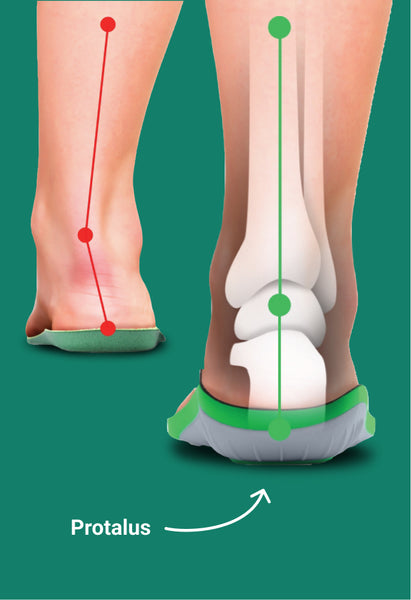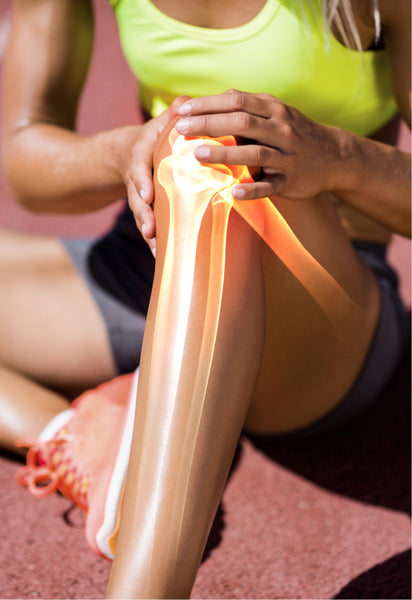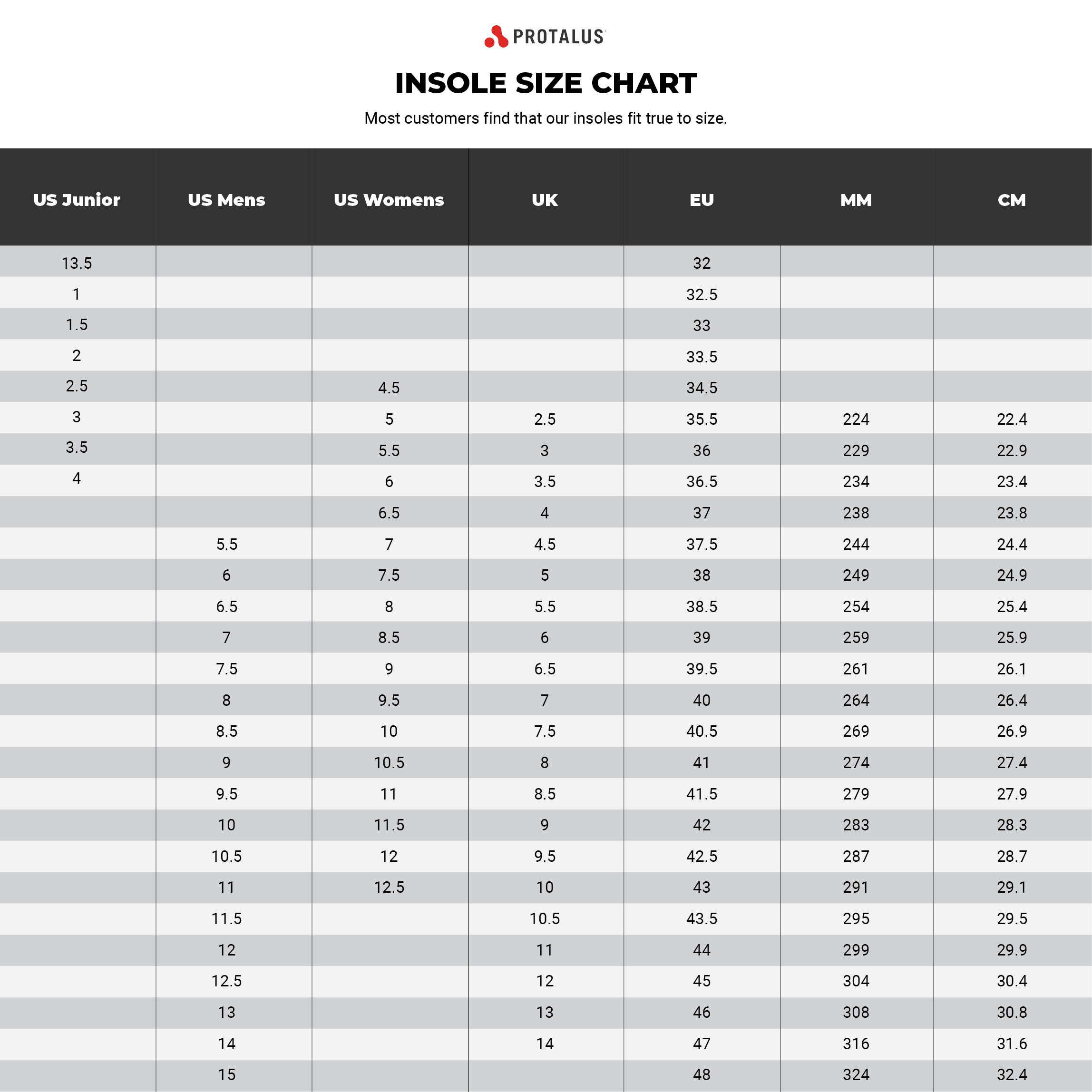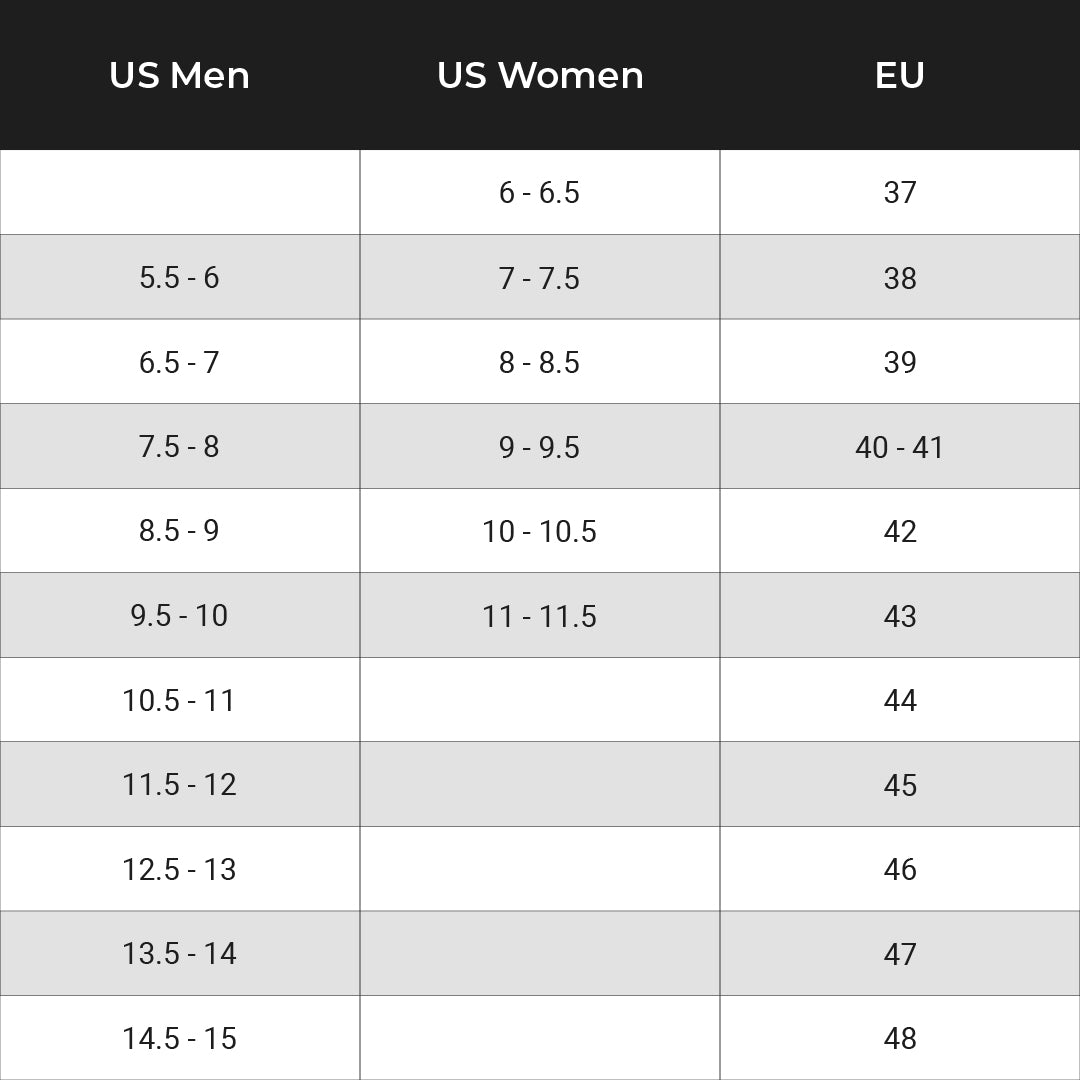Hallux Rigidus Treatment
Hallux rigidus treatment
Hallux rigidus is essentially a degenerative arthritis which results in a painful, stiff big toe. This source of the problem is located in the joint at the base of the toe, where the toe meets the foot. Hallux rigidus is a progressive condition, meaning that it gets worse over time. At first the toe might feel painful and difficult to move but over time, it may not move at all. When the joint stops to move completely, it is referred to as a frozen joint. While this may not sound like a major problem to have one toe affected by this condition, those who suffer from hallux rigidus may have difficulty walking, bending over, or even standing up straight. Therefore, this condition can be debilitating.

Risk Factors and Causes
Risk factors for developing hallux rigidus include any movements that repeatedly put stress and pressure on the joint at the base of the big toe such as squatting down repeatedly as well as physical or even a familial predisposition for the condition. Other factors include physical trauma to the toe such as stubbing the toe, physical conditions such as overpronation at the ankle which can affect how the toe joint comes together, and inflammation diseases such as rheumatoid arthritis.
Symptoms
Paying attention to the symptoms of hallux rigidus is especially important since early diagnosis is key to successful treatment.
Symptoms include:
•A swollen joint at the base of the big toe
•Pain in the toe, even when not bearing weight
•Pain and stiffness in the big toe
•Pain during cold or damp weather
•Limping
•Pain further up the body such as in the hip due to a change in gait
Treatment
Treatment for hallux rigidus can be conservative or aggressive depending on how advanced the disease has gotten for the patient. Initial treatments include the use of insoles to keep the structures of the foot in correct alignment, changing shoes to make sure the toe has enough space and is not being subjected to additional pressure, over-the-counter pain medications, physical therapy, or even corticosteroid injections. However, if these measures do not improve the symptoms, surgery is an option to reduce pain.
Recommended Posts
Saying Goodbye to Leg and Foot Pain: The Power of Insoles
by Anna Heston • May 06, 2021Kick leg and foot pain to the curb with the proper shoe insoles! Discover relief now!
How Plantar Fasciitis Sufferers Find Comfort with Insoles
by Anna Heston • May 06, 2021Say goodbye to leg & foot pain! Insoles like Protalus T-100 offer relief, support & comfort.
Flat Feet: What It Really Means for Your Feet and Body
by Anna Heston • May 06, 2021Flat feet? Discover the challenges and relief with Protalus insoles! Say goodbye to pain, improve stability, and boost performance. Read more!















